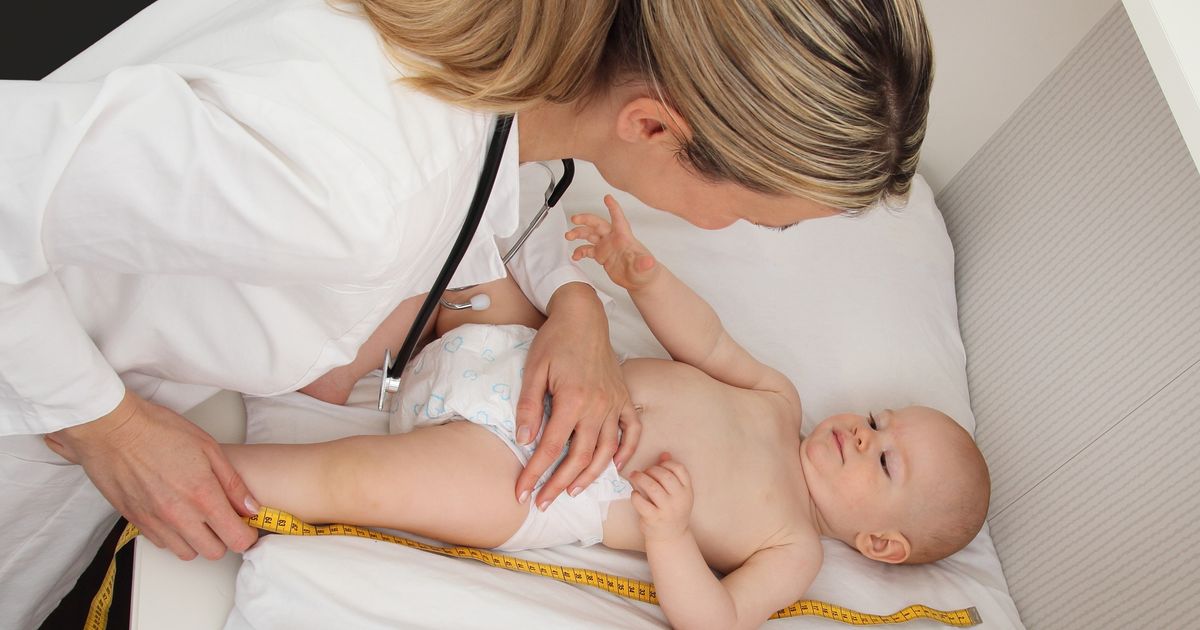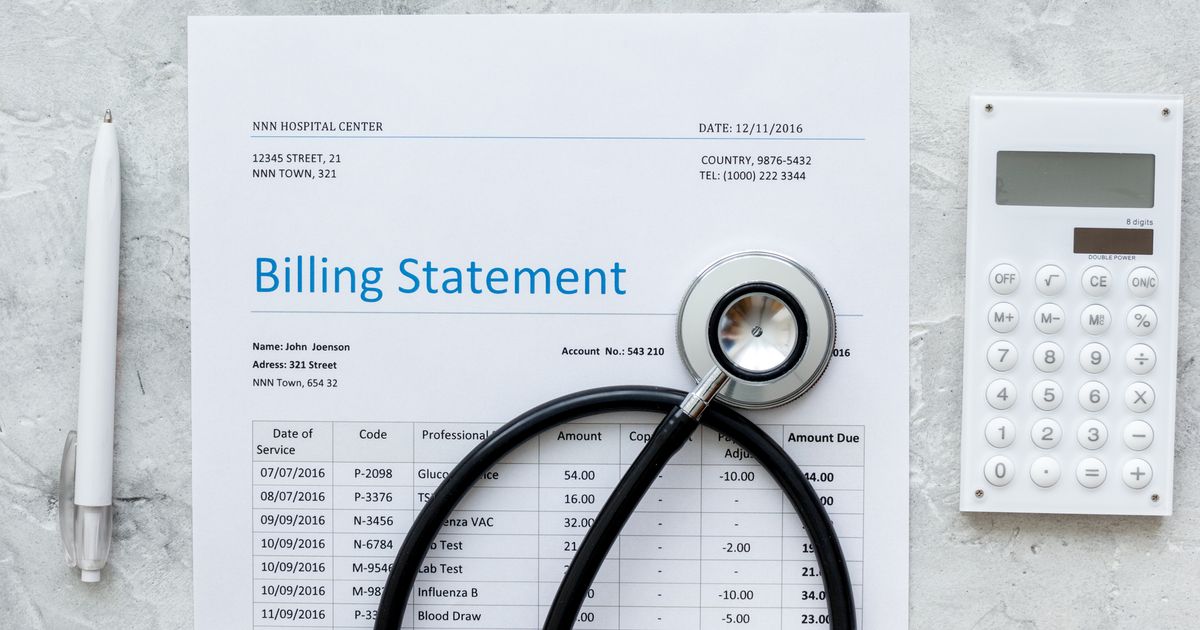Understanding SIDS: Prevention Tips And Why Rates Are Higher In The U.S.
Sudden Infant Death Syndrome - most commonly known as SIDS - is the leading cause of infant deaths within the United States. Researchers have learned a lot in the last forty years about SIDS, but do not know what causes the disorder or how to completely prevent it. Also known as crib death, SIDS occurs most often during the night, between 8:00 PM and 8:00 AM.
It can also happen while an infant is in daycare, with fifteen to twenty percent of SIDS-related deaths occurring in a childcare facility. With no real cause to the disorder, researchers continue to study the brain, autonomic nervous system, immune system, genetics, and infant sleep environments and care to discover what the exact causes may be.
What Is SIDS?

SIDS is a medical diagnosis given to a child under a year old who dies suddenly and without an identifiable cause. This can occur without warning at any time, particularly when an infant is sleeping, which makes SIDS incredibly difficult for a family to endure. In the United States, SIDS is the leading cause of death for infants between the ages of one month and one year old, with ninety percent of infant deaths involving babies younger than six months old. Approximately 1,600 infants die per year from SIDS, and according to the Centres for Disease Control and Prevention (CDC), another 900 infants die from accidental strangulation or suffocation while sleeping. In addition to these fatalities, another 1,200 babies die while sleeping for unknown reasons.
How Does SIDS Occur?

Although much research has been done in the last forty years to figure out how and why SIDS occurs, researchers still do not have a definite answer for the cause. Experts believe SIDS occurs when an infant has an underlying vulnerability, such as abnormal or immature breathing, arousal, or functioning of the heart. Other causes include exposure to different types of stressors during crucial stages of development, such as being placed tummy-down or overheating due to being overdressed while sleeping.
Recent studies have also highlighted that inadequate levels of serotonin, the brain hormone, can also cause an infant to become more vulnerable to developing SIDS, as seventy percent of these fatalities had lower levels of serotonin in the brainstem. Serotonin is critical to a baby’s development as it helps regulate breathing, heart rate, and blood pressure during periods of rest.
Infant Mortality Rates In The U.S.

According to a new study recently conducted by the Organization for Economic Co-operation and Development (OECD), infants born in the United States are less likely to survive until their first birthday in comparison to infants born in other developed countries. The average infant mortality rate has steadily decreased in first world countries since 1960, but America has not kept up with this trend, according to TIME Magazine.
Compared to nineteen countries included in the OECD, American babies are three times more likely to die from premature health issues, and 2.3 percent more likely to suffer from SIDS between 2001 and 2010. According to the study, if the infant mortality rate in the U.S. had steadily declined like other OECD countries, there would be 300,000 fewer infant deaths over the course of fifty years.
Reasons For The Infant Mortality Rates

It is speculated that the main reason why the U.S. still has a relatively high statistic for infant mortality compared to other countries is due to economic and health factors, such as higher poverty rates, and a frail social safety net compared to other developed nations. Ashish Thakrar, a medical resident at the John Hopkins Hospital and Health System, and the lead author of the study stated the poorer children are, the worse their health will be.
Thakrar and his team discovered poverty rates among American children were higher compared to nineteen other developed nations since the 1980s, with premature births and low birth weights consistently linked to poverty rates, which affects twenty percent of children in the United States. By examining other studies and his own, Thakrar concluded the gap between the United States and other developed nations was due to risky health behaviors and a fragmented healthcare system.
How To Help Prevent SIDS

Although there is no fool-proof way to prevent SIDS, parents can take certain precautions to try to prevent their child from falling victim to this disorder. As the American Academy of Pediatrics (AAP) recommends, one of the most significant way to prevent SIDS is to place an infant to sleep on their back, as a baby’s risk of SIDS can increase by two to thirteen percent when they sleep on their stomach rather than back. When a baby is placed face down to sleep, they are likely to overheat, have pauses when breathing, and rebreathe the air they just exhaled. New parents should also try to avoid overdressing their infant when they sleep.
Other Tips To Prevent SIDS

Other preventative measures include choosing a safe crib, bassinet, or play yard, and properly baby-proofing these areas. Removing pillows or stuffed animals from the crib as they are a suffocation hazard, and choosing a firm and flat mattress for an infant to sleep on are two proven ways to reduce the risk. Sleeping in the same room, but not the same bed as the infant is recommended to prevent suffocation, strangulation, and entrapment. Do not allow the baby to fall asleep on plush surfaces, be wary of any products claiming to reduce SIDS, and do not allow an infant to sleep in positions that may affect their breathing. Other recommendations include receiving regular prenatal care, avoid drinking, smoking or drug use during pregnancy, and try to breastfeed if possible.
